It’s official! Adding extra axes to your machining process can make it more efficient and reduce costs. Here’s why it works.
Things change constantly in the world of manufacturing. New technologies arrive, old technologies improve, and we need to update our processes to keep up.
One change that has been happening recently is an increase in the number of axes that can be used in CNC machining. According to the current trends, the newest technology is allowing multi-axis machining to become even more accessible than it has ever been before.
But, you might be wondering, are more axes really better?
Well… yes.
Adding extra axes to your machining process can add a whole load of benefits, including improved efficiency and reduced costs.
You can add extra axes either by investing in a multi-axis CNC machine or with robot machining.
Which is the better option? To answer that, let’s first look at the problems of traditional machining.
5 Problems With Traditional 3-Axis CNC
Traditionally, CNC machines have 3 programmable axes, often X, Y, and Z. These allow you drill, mill, or otherwise transform your workpiece in 3 dimensions. Some reduced-axis machines (e.g. engraving machines) also come with just 2D or 2.5D capability.
3D machining is great for many common operations in manufacturing. However, it can also be very restrictive to have only 3 axes.
Here are 5 problems which arise with traditional CNC machines:

1. Requires More Setups
Fewer axes mean more setups. Unless your products only require extremely simple machining, it is likely that you need to change the position and/or orientation of the parts to achieve all of the required cuts.
Each extra setup directly affects the productivity of the machining cell. This is particularly problematic with low batch sizes (which are becoming more common) where up to 90% of the machining time can be taken up by setups.
2. More Hands-On Time
More setups don’t just reduce the productivity of the machine. They also reduce the productivity of workers. Every setup requires a human worker to spend their valuable time on a non-value-added task. They could spend this time more productively elsewhere.
Streamlining your changeovers can help to reduce this time, but it’s far more effective to remove as much hands-on time as possible.
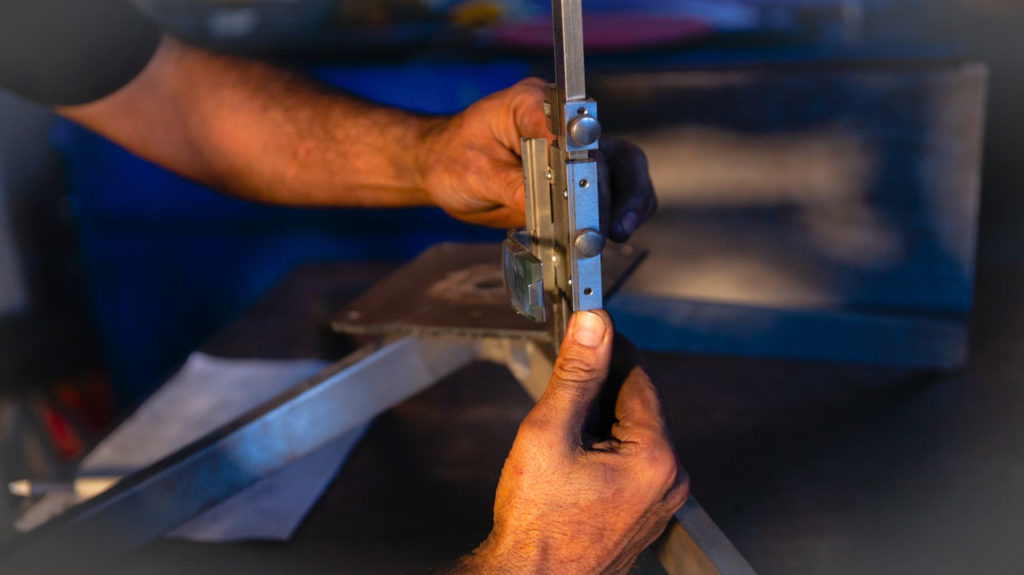
3. Needs Custom Fixturing
3-axis machines are restricted in the orientation at which they can approach the workpiece. If a machining operation requires a slightly offset orientation, this often means that you need to design and fabricate custom fixturing.
Custom fixtures are fine for very large batch sizes. However, they can add a huge amount of work for every setup. This can significantly increase the time each part takes and the cost.
4. Increased Steps Per Operation
Any manufacturer would agree: the fewer machining steps you have, the better. Many of the principles within the practice of Design for Manufacture are devoted to simplifying machining operations and reducing the number of machining steps that are required.
3-axis machines often unnecessarily increase the number of steps compared to machining technologies which have more Degrees of Freedom.
5. Increased Lead Time and Product Cost
All of the above problems can negatively affect the overall manufacturing process leading to increased lead times and a higher product cost. Every time a technician needs to spend their valuable time with a new setup and every time a custom fixture must be made, it can impact directly on the bottom line.
Why Extra Axes Reduce Costs
The increasingly popular solution to these problems is to add extra axes to your machining operation.
There are two ways to achieve this, as we’ll outline below, but first let’s look at why more axes can reduce costs.
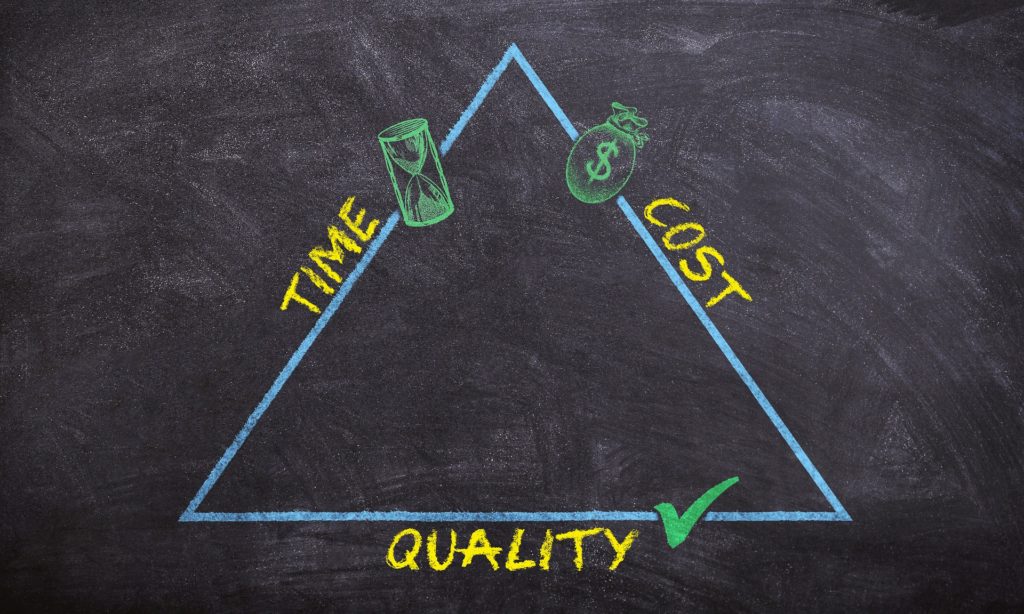
The 6 Degrees of Freedom Sweet-Spot
We often think of the world as being in 3 dimensions. But, in reality, there are 6 dimensions required for fully flexible machining:
- 3 positional dimensions (X, Y, and Z)
- 3 rotational dimensions (Rot[X], Rot[Y], and Rot[Z])
These 6 values are the minimum number of Degrees of Freedom (DoF) that are required to approach any point in the workspace from any angle.
CNC machines with 3, 4, or even 5 axes are always going to be restricted because they don’t meet this 6 DoF “sweet-spot.”
5 Ways Extra Axes Reduce Cost
Adding extra DoFs to a machining operation can decrease costs in a few ways:
- Only a single setup is needed (aka Done-in-one setups).
- The operator’s hands-on time is reduced to a minimum.
- No custom fixturing is usually required.
- Reduces and simplifies machining steps.
- Decreases lead time for the product.
All these factors help to reduce production time and cost.
How Many Axes Can You Add?
As 6 DoF is required for a fully flexible machine, the next question is: How do we add those DoF and how many can we add?
There are 2 options for adding extra axes to your machining cell:
- Multi-axis CNC machines.
- Robot machining.
Here’s how many axes you can add with each technology:
With CNC Machines
When we talk about CNC machines, we’re typically referring to the three most common types of machine available at the moment:
- Traditional 3-axis CNC
- 4-axis CNC
- 5-axis CNC machines
Although there are starting to be other machines on the market (e.g. this 6-axis machine reported on in 2019), 5-axis is the most common “top limit.”
With Robotic Machining
An alternative to CNC is to use robot machining. This involves adding a machining tool onto an industrial robot.
With this setup, the basic setup has 6 DoF, as this is the standard for industrial robots. However, there is scope for many more axes to your robot machining setup by adding as many extra axes as you want!
Although you can never increase the DoF above 6, adding more axes like this allows a much bigger workspace and more flexibility.
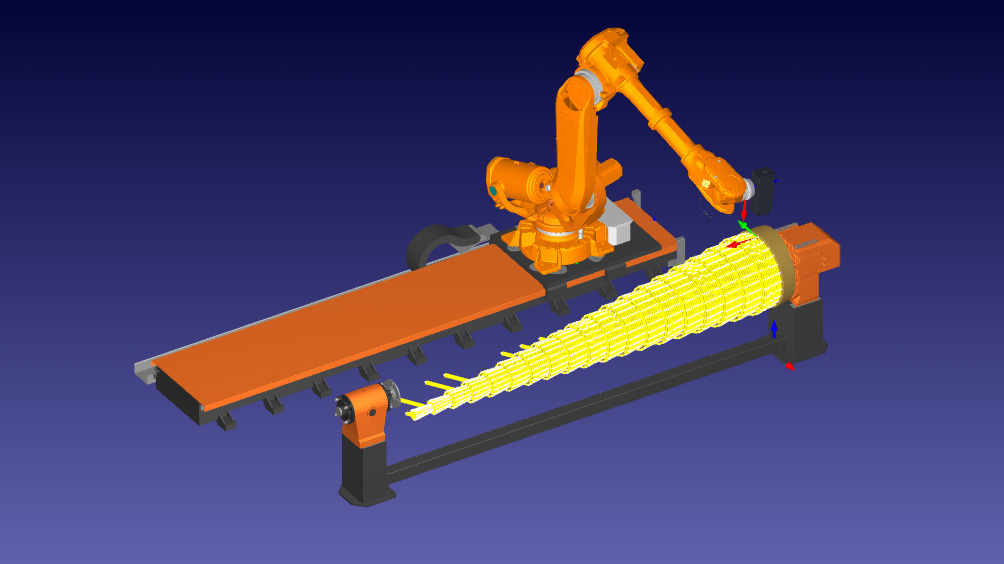
Which is Better: CNC or Robot Machining?
The current trend towards multi-axis machining is making 5-axis machines more popular. However, there are disadvantages to using CNC machines compared to robot machining.
Two major downsides to multi-axis CNC machines are:
- They are inflexible — You can’t just add an extra axis as you can with robot machining.
- They are huge! — With CNC, the more axes you have the bigger the machine usually becomes.
Ultimately, the choice of which technology you choose is up to you, but it’s worth mentioning that Robot machining can even outperform CNC machines in some cases.
Robot machining can really simplify your life compared to using multi-axis CNC machines.
What do you think of multi-axis CNC machines compared to robot machining? Tell us in the comments below or join the discussion on LinkedIn, Twitter, Facebook, Instagram or in the RoboDK Forum.

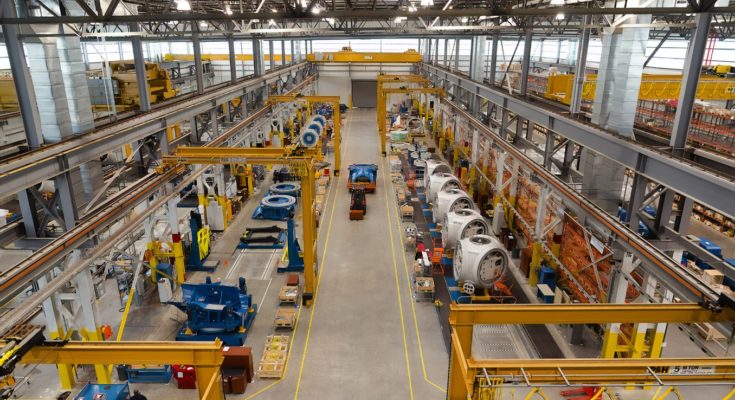
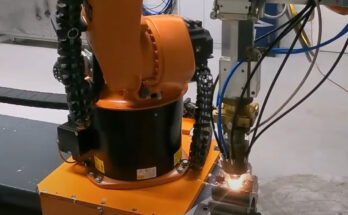
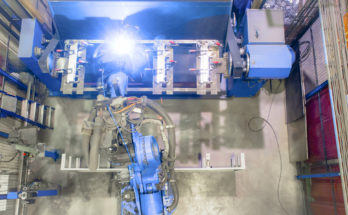

With the technology development, CNC machining replaces the traditional method. It’s more intelligent and reduces the personnel disability due to machining. Later in the future, I believe this process will be more and more smart. Robots replace CNC is a problem about time.